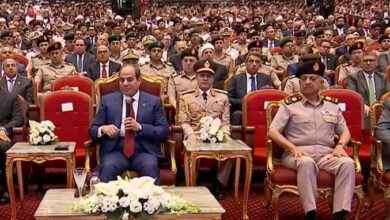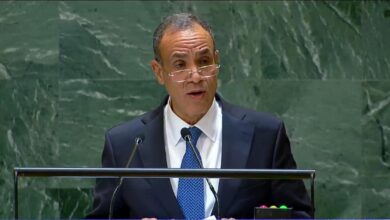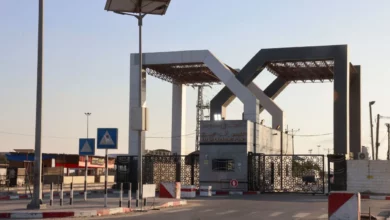Egyptian Minister of Water Resources and Irrigation Hani Sweilem confirmed that cracks have been detected in the Grand Ethiopian Renaissance Dam (GERD), especially in the concrete layer, and have been treated.
During a phone-in with TV host Amr Adib on the “al-Hekaya” (The Story) show on Monday evening, Sweilem added: “We requested detailed procedures for the safety of the dam and have not received them yet, for the safety of 150 million citizens in Egypt and Sudan.”
Sweilem said that there is no truth to reports claiming that Ethiopia has offered Egypt to buy surplus quantities of Egypt’s share in Nile waters.
He added that Egypt was one of the first countries to support the Nile Basin Initiative financially, technically and politically, which contributed to making the initiative a strong institution that is now he cornerstone of cooperation in the Nile River Basin.
Sweilem added that Egypt and Sudan were indeed affected by the construction of the GERD, but the large floods that the Blue Nile witnessed compensated for the water shortage resulting from the filling operations.
He explained that floods in the past years prevented Egypt from feeling any serious water crises.
Sweilem said that Egypt negotiated for 12 years with Ethiopia regarding filling the dam during flood periods to reduce the damage.
However, Ethiopia ignored these demands and continued to fill the dam unilaterally and without adhering to the Declaration of Principles agreement.
He warned that filling during drought periods could exacerbate the crisis, noting that Ethiopia’s random operating of the dam could also cause greater damage to Sudan than to Egypt.
Edited translation from Al-Masry Al-Youm




